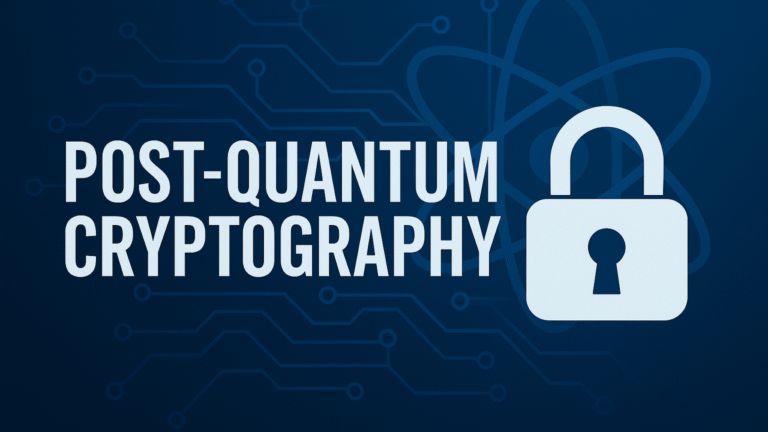
In a world where global travel, digital verification, and security protocols are constantly evolving, the authenticity of identification documents has never been more important. Among these, passports are considered one of the most sensitive and essential documents for international mobility. As technology advances, so does the production of Passport replicas—some created for harmless purposes such as educational demonstrations or film props, while others are made with malicious intent. Understanding the difference between an authentic passport and a replica is crucial not only for personal safety but also for global security. This article explores why authenticity matters, how replicas differ from genuine documents, and what individuals and institutions should know to avoid serious legal and security risks.
Why Authenticity Matters in Passport Verification
Passports serve as the universal proof of identity and citizenship. They grant entry into countries, verify personal data, and allow individuals to access essential services while abroad. Because they open doors—literally and figuratively—they are heavily regulated by governments and protected by advanced security features. The existence of Passport replicas creates a need for greater awareness and vigilance.
One of the core reasons authenticity matters is international security. Border control agencies rely on accurate identification to prevent illegal immigration, human trafficking, terrorism, and identity fraud. If counterfeit or high-quality replicas enter circulation, the risk of security breaches increases significantly. Genuine passports include integrated security elements such as biometric data, holographic seals, micro-printing, UV-reactive patterns, and unique serial codes—features that Passport replicas typically cannot reproduce with complete accuracy.
Another reason is personal legal protection. Any individual found carrying or attempting to use a fraudulent passport—even unknowingly—may face severe consequences. These penalties range from denied entry and deportation to fines, imprisonment, or long-term travel restrictions. Understanding the difference between real documents and replicas helps citizens avoid unintentional violations of international law.
Key Differences Between Authentic Passports and Replicas
Although some Passport replicas may appear convincing at first glance, they cannot match the complexity and precision of a legitimate government-issued passport. Several distinctive elements help distinguish real from fake.
Advanced Physical Security Features
Governments continuously update passport designs to incorporate cutting-edge technology. Authentic passports use specialized materials, security inks, and manufacturing methods that are not accessible to the general public. This includes embedded chips containing biometric information, tactile features that can be felt by touch, watermarks visible under specific lighting, and intricate holograms that shift when viewed from different angles.
Passport replicas, even well-made ones, typically lack these advanced features or only mimic them superficially. For example, a replica may display an imitation hologram that does not behave like a real one under inspection.
Biometric Integration
Modern passports include biometric identifiers such as fingerprints, digital photographs, and encoded personal details. These features are stored on an electronic chip and verified using specialized governmental machines at airports and border checkpoints.
Replicas cannot reproduce legitimate biometric signatures. Even if a replica includes a “chip,” it is usually non-functional or contains generic data that fails verification when scanned.
Authorized Printing Techniques
Authentic passports are produced using unique printing techniques including microtext, laser engraving, and color-shifting inks. These processes require highly controlled conditions and specialized equipment accessible only to government agencies.
Passport replicas may attempt to imitate these characteristics but generally fail to deliver the same precision. Microtext might appear blurry, laser engraving may look printed rather than etched, and color-shifting effects may be absent or poorly replicated.
The Risks Associated With Passport Replicas
Although Passport replicas may exist for non-criminal purposes—such as theatrical use, artistic projects, or training demonstrations—they still carry significant risks if misused or misunderstood.
Legal Consequences
Possessing or using a replica for travel, identification, or verification is illegal in virtually every country. Even claiming ignorance does not always protect an individual from penalties. Authorities treat fraudulent identification with utmost seriousness, and the consequences may include arrest, criminal charges, or deportation.
Identity Theft and Fraud
Replica passports can also be part of scams that exploit unknowing buyers. Some individuals fall victim to fraud, believing they are purchasing legitimate travel documents through unofficial channels. These schemes not only result in financial loss but may also expose personal data to criminal networks.
Damage to Personal Reputation
Engaging with or possessing fraudulent documentation can create long-term consequences for a person’s ability to travel internationally. Many countries share data on individuals who attempt to use counterfeit documents, which can impact future visa applications or border screenings.
The Role of Verification in Preventing Fraud
To combat the risks associated with counterfeit documents, verification is essential. Governments, businesses, and individuals must understand how to identify genuine passports and differentiate them from Passport replicas.
Government Agencies and Border Control
Border officers undergo continuous training to detect fraudulent documents. They use scanners, UV lights, biometric readers, and official databases to confirm authenticity.
Financial and Corporate Institutions
Banks, airlines, employers, and hotels regularly require passport verification. These organizations use both manual and digital authentication tools to reduce fraud risks.
Individuals and Travelers
Travelers should always obtain passports through official government processes to ensure authenticity. By understanding what legitimate passports look like, individuals can avoid scams involving Passport replicas offered online or through unofficial agents.
Why Awareness Is More Important Than Ever
With globalization, digital technology, and increased international mobility, the need for secure identification grows every year. Passport counterfeiting techniques have also become more sophisticated, making awareness vital for everyone—from border control agents to everyday travelers. Understanding the differences between authentic documents and Passport replicas empowers individuals to protect themselves and contributes to global security efforts.
Conclusion
The authenticity of passports plays a vital role in maintaining safety, order, and trust within international travel systems. While Passport replicas may exist for limited legitimate purposes, they also pose significant legal and security risks. Recognizing the differences between genuine documents and replicas is essential for protecting personal identity, preventing fraud, and ensuring safe passage across borders. As technology continues to evolve, staying informed about passport verification methods and the dangers of counterfeit documents becomes an increasingly important responsibility for global citizens.


